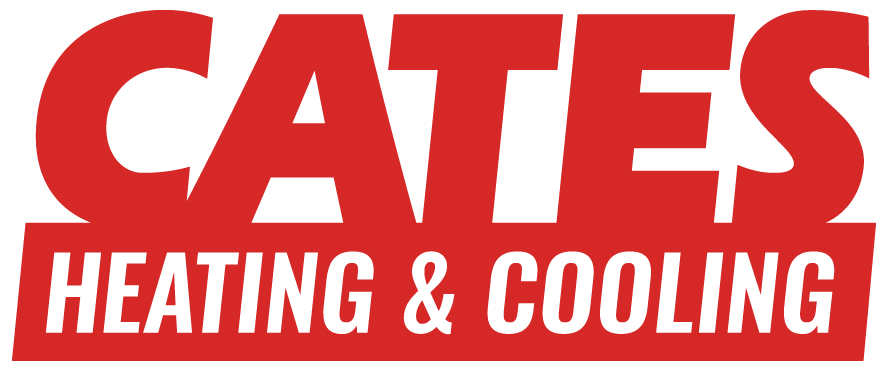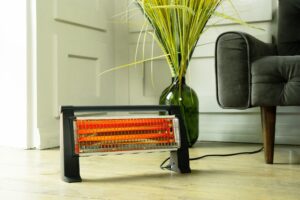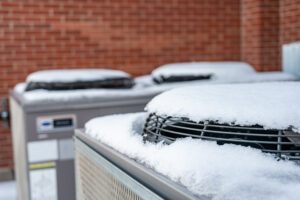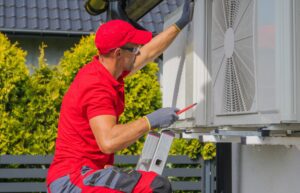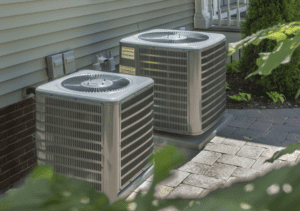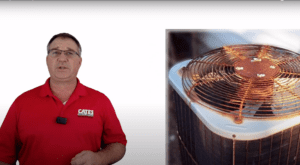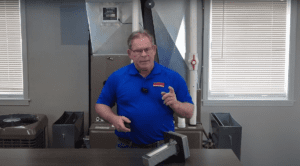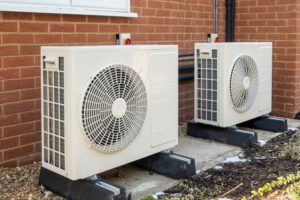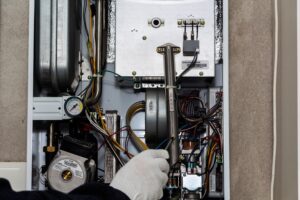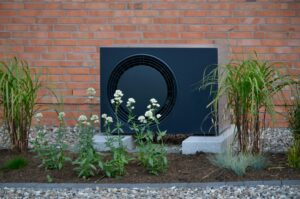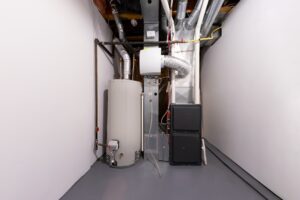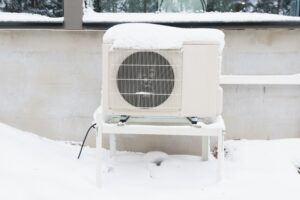As the temperatures drop, homes are going to get drier. Unfortunately, dryness can cause a lot of issues—health and otherwise—for many people. Fortunately, however, there are ways that you can add moisture back into the air of your home. Keeping your home in the ideal range of relative humidity—between 45 and 55 percent—benefits you in a variety of different ways. At Cates Heating and Cooling, we have some advice on ways that you can increase the humidity in your home.
1. Use a Humidifier
Humidifiers are one of the most common and easiest ways to improve the moisture levels of your home. A humidifier will help the most, but it is the most expensive option on our list. If you are in the market for a humidifier, you will need to decide whether you want to use a small humidifier for a particular room in your home or if you want to purchase a whole-home humidifier.
If you are interested in a whole-home humidifier, contact Cates Heating and Cooling today to discuss your options.
2. Dry Your Clothes on a Drying Rack Inside
Clothes dryers are an incredibly convenient way to get your clothes dry quickly. However, if the air in your home is dry, you should consider hanging your clothes on a drying rack inside. You can dry clothes in rooms in which you want to increase the humidity. Not only will you save money on your electricity bill, but you will have more comfortable air. The process does take longer than using a dryer, however, so plan accordingly.
3. Keep Houseplants
Plants are a great addition to your home for a variety of reasons, but did you know that they can also increase the humidity in your house? Plants constantly release moisture into the air from their leaves and stems in the form of a vapor. The process is called transpiration. Transpiration helps regulate humidity levels indoors.
If you don’t have much of a green thumb, invest in a couple of plants that can take a little abuse like Aloe Vera, garden mums, and English ivy.
4. Keep Fresh-Cut Flowers in Vases Near Windows
The water in your vases can help humidify your home. As the sun heats up the vase and the water inside, the tiny particles of water will start to evaporate. The evaporated water helps moisturize the air and keep your home more comfortable. Keeping water near sunny windows is especially beneficial if your vents are located on the walls or ceilings, which prevents you from doing the next task on our list.
5. Put Containers of Water Over Floor Vents
It might seem silly, but placing bowls or glasses of water on top of the vents on your floor can lead to evaporation. When the heater runs, it warms up the water, which leads to small water particles evaporating into the air. This makes the air of your home more comfortable for those who live there or visit often.
Metal or ceramic bowls tend to work best for this trick, but glass can work as well. Plastic isn’t a good option.
6. Let Bath Water Cool Before Draining It
Much like taking a shower adds moisture to the air, taking a warm bath allows water to evaporate. When you take a bath, refrain from draining the warm water. Instead, let the water cool with the door open and drain it only after it has reached a cool temperature.
If you have small children in your home, you should not leave water in the bathtub for extended periods of time due to the risk of drowning.
Benefits of Proper Humidity
Many people are surprised to learn that humidity can have a dramatic impact on both the comfort and health of those in your home. In fact, germs are less likely to spread when humidity falls between a certain level in your home. Bloody noises are more common when the air is dry, and skin is dry and easily irritated.
Additionally, wallpaper and wood floors and furniture all benefit from proper humidity levels. Warping is common when the air is too dry or too humid.
To learn more about the benefits of installing a humidifier, check out our other blog post!
If you are considering a humidifier for your home, call us today at 913-888-4470. One of our expert HVAC technicians can help you decide what humidifier is best for your home and give you an estimate.
